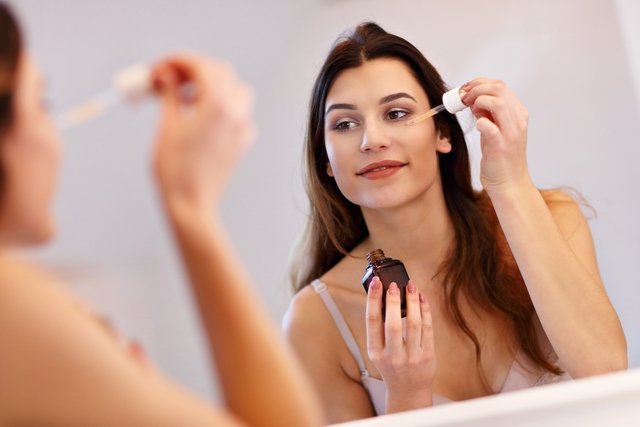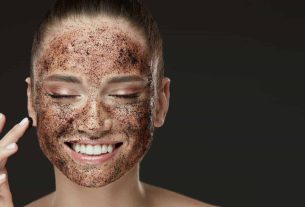Kojic acid is good for treating melasma because it eliminates dark spots on the skin, promotes skin rejuvenation, and can be used to combat acne. It is found in a concentration of 1 to 3%, but to prevent it from causing skin irritation, most cosmetic products contain around 1 or 2% of this acid.
Cosmetic products that contain kojic acid in their composition can be found in the form of cream, lotion, emulsion, gel or serum, with creams being more suitable for mature skin prone to dryness, while lotion or serum versions They are best suited for those with oily or acne-prone skin.
Kojic acid is derived from fermented soybeans, rice and wine and has a great effect on removing dark spots on the skin because it blocks the action of an amino acid called tyrosine, which is closely linked to melanin, which is related to dark spots. in the skin. Therefore, when you want to eliminate skin blemishes, it is recommended to apply the product only on the area to be treated.

Benefits
Products containing kojic acid are especially recommended for removing dark spots on the skin, which can be caused by the sun, scars, age spots, dark circles, removing stains from the groin and armpits. The benefits of kojic acid for skin include:
- Whitening action, by preventing the action of melanin;
- Facial rejuvenation, by removing wrinkles and expression lines;
- Improves the appearance of scars, including acne scars;
- Removes blackheads and pimples, due to its antibacterial action;
- It helps treat ringworm and athlete’s foot, because it has antifungal action.
This acid serves to replace treatment with hydroquinone, usually used to combat dark spots on the skin, but the doctor may also recommend a combination of kojic acid + hydroquinone or kojic acid + glycolic acid in the same formulation.
Treatment is usually carried out for 10-12 weeks and if there is no improvement in symptoms, the doctor may recommend another formulation, because the same type of acid should not be used for a long time on the skin as it can cause irritation, or a rebound effect. can worsen dark spots.
Treatment with 1% kojic acid can be used for a longer period of time, for about 6 months to 1 year, being well tolerated by the body, without adverse effects.
Read too: Rebound effect: what it is, symptoms, causes (and what to do)
How to use
It is recommended to apply the product containing kojic acid daily, morning and evening. During the day, it is recommended to apply a sunscreen immediately afterwards to protect the skin from the harmful effects of the sun.
The results can start to be seen from the 2nd week of use and are progressive.
In concentrations greater than 1%, it should only be used under the advice of a dermatologist.
Using a product containing this acid in concentrations above 1% is more likely to cause skin irritation that manifests itself through itching and redness, rash, burning skin, and sensitive skin. If these symptoms appear, it is recommended to stop using the product.
When not to use
This type of product should not be used during pregnancy or gestation, as it may increase the risk of cancer on damaged skin.
Bibliography
- SAEEDI, Majid; ESLAMIFAR, Masoumeh; KHEZRI, Khadijah. Kojic acid applications in cosmetic and pharmaceutical preparations. Biomedicine & Pharmacotherapy. Vol.110. 582-593, 2018
- IBEROCHEMISTRY. Kojic acid: natural depigmenting agent. 2018. Available at: <https://www.iberoquimica.com.br/Arquivos/Insumo/arquivo-170754.pdf>. Accessed on May 30, 2019
- BORGES, Fabio dos Santos. Functional dermatology: therapeutic modalities for aesthetic dysfunctions. 2nd ed. São Paulo: Phorte, 2012. cap.15.
- AZHAR, SNAS; ASHARI, SE; SALIM, N. Development of a kojic monooleate-enriched oil-in-water nanoemulsion as a potential carrier for hyperpigmentation treatment. Int J Nanomedicine. Vol.13. 6465–6479, 2018

Sign up for our newsletter and stay up to date with exclusive news
that can transform your routine!
Warning: Undefined array key "title" in /home/storelat/public_html/wp-content/plugins/link-whisper-premium/templates/frontend/related-posts.php on line 12
Warning: Undefined array key "title_tag" in /home/storelat/public_html/wp-content/plugins/link-whisper-premium/templates/frontend/related-posts.php on line 13




